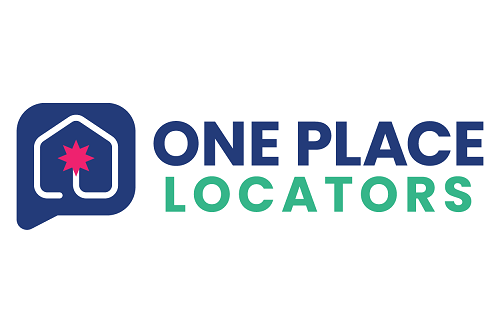
In the ever-evolving world of finance and technology, real world asset tokenisation has emerged as a groundbreaking concept. By transforming tangible assets into digital tokens on blockchains, tokenisation has the potential to revolutionise the way we view and trade physical assets. Whether it's real estate, precious metals, art, or commodities, tokenisation is offering a new layer of accessibility and flexibility to markets once dominated by traditional systems.
Understanding Real World Asset Tokenisation
Asset tokenisation involves creating a digital representation of a physical asset on the blockchain. This means that items like properties, artworks, or even company shares can be transformed into tokens, each representing ownership of a part or whole of the asset. These tokens can then be traded, exchanged, or used as collateral in a decentralised, blockchain-powered ecosystem.
The process not only enhances the liquidity of otherwise illiquid assets but also introduces greater transparency, efficiency, and security into transactions. Unlike traditional methods, where transferring ownership can be time-consuming and costly, tokenisation allows real-time peer-to-peer trading with minimal intermediaries.
Benefits of Real World Asset Tokenisation
1. Increased Liquidity
One of the most significant advantages of tokenising real world assets is the liquidity it provides. Historically, assets like real estate or fine art are considered illiquid, meaning they cannot be easily bought or sold without significant time and effort. Tokenisation, however, breaks down these assets into smaller, tradable units, making it easier for investors to enter and exit positions.
2. Fractional Ownership
Traditionally, owning high-value assets has been the privilege of the wealthy. However, tokenisation changes that by enabling fractional ownership. For example, a property worth $1 million could be divided into 1,000 tokens, each worth $1,000. This allows smaller investors to buy a portion of the asset and benefit from its appreciation over time.
3. Transparency and Security
Blockchain technology, which underpins tokenisation, is known for its transparency and immutability. Every transaction is recorded on a decentralised ledger, which reduces the risk of fraud, corruption, and tampering. Moreover, smart contracts—self-executing contracts with the terms of the agreement written into code—further streamline the process, ensuring transactions are secure and automatically executed once predefined conditions are met.
4. Global Market Access
Tokenised assets can be traded 24/7 on a global scale. This opens up investment opportunities to a broader audience, beyond geographical boundaries. Anyone with internet access and a digital wallet can participate in these markets, leading to a more inclusive financial system.
A Boon for Many
Real world asset tokenisation is proving to be a game changer in the financial world. By providing increased liquidity, fractional ownership, and greater transparency, it democratises access to high-value assets that were once only available to a select few.































